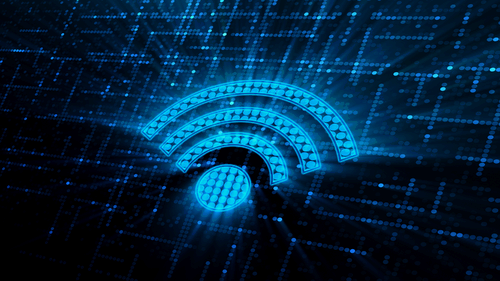
We saw more than a few Wi-Fi 7 routers in 2023, and a lot more are coming in 2024. However, you couldn’t actually use Wi-Fi 7 on the first batch of routers, because the standard wasn’t finalized and there were hardly any devices that supported it. Now, Wi-Fi 7 is finally here, and all those routers will probably get retroactively certified.
Wi-Fi 7 has been unveiled by the Wi-Fi Alliance, the body that oversees Wi-Fi, during CES 2024 at long last, with a set of new features and improvements aimed at enhancing your wireless performance and connectivity. According to the Wi-Fi Alliance, the development of Wi-Fi 7 is the result of extensive collaboration and innovation across all the companies in the group. It expects that over 233 million devices will adopt Wi-Fi 7 in 2024, with the number growing to an impressive 2.1 billion devices by 2028 between smartphones, PCs, tablets, access points (APs), customer premises equipment (CPE), and AR/VR equipment.
Notable advancements in Wi-Fi 7 include the introduction of 320 MHz channels, doubling the size of today’s widest channels in countries where the 6 GHz band is available. Multi-link operation (MLO) enables devices to simultaneously transmit and receive data over multiple links, resulting in increased throughput, reduced latency, and enhanced reliability. Other features include 4K QAM for 20% higher transmission rates than 1024 QAM, 512 Compressed block-ack for improved efficiency, and Multiple RUs to a single STA for enhanced spectrum efficiency.
There are already a bunch of Wi-Fi 7 routers in the wild from ASUS, TP-Link, Netgear, among others. To take advantage of Wi-Fi 7, both the router and the device using it must support the new standard. Chances are that unless you actually bought a new router within the past year and you specifically looked for Wi-Fi 7 support, you’ll still have to buy a new router, and likewise, while Wi-Fi 7-capable devices have started to land on store shelves, it will likely still take a while for everyone to be using it. Not everyone is even on Wi-Fi 6, for one. It’s good to see how powerful wireless internet is getting, though.
Source: Wi-Fi Alliance

